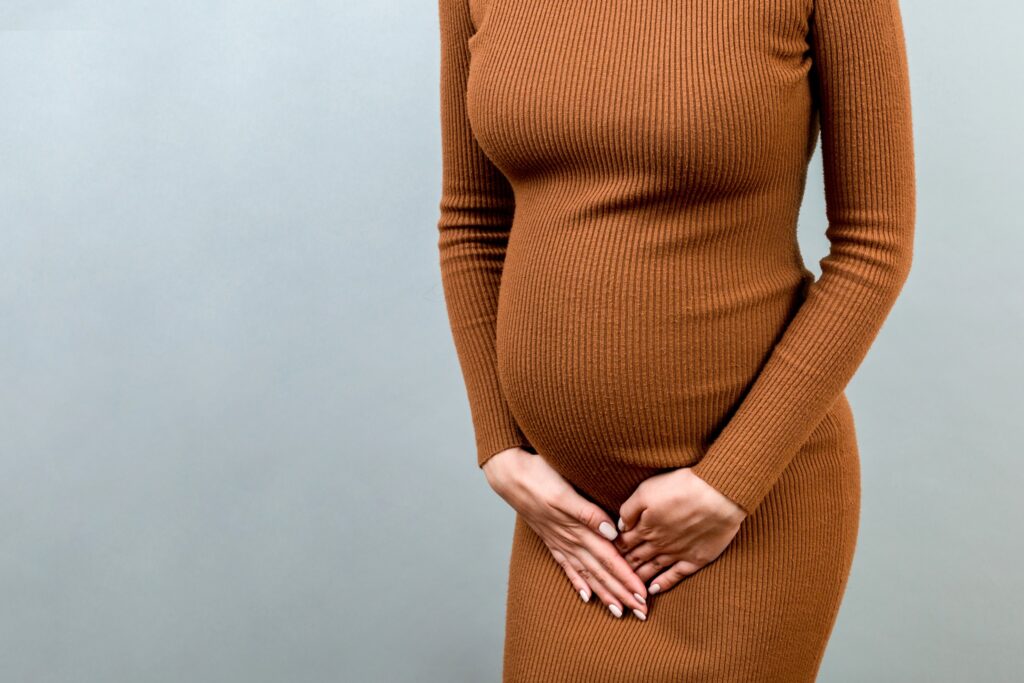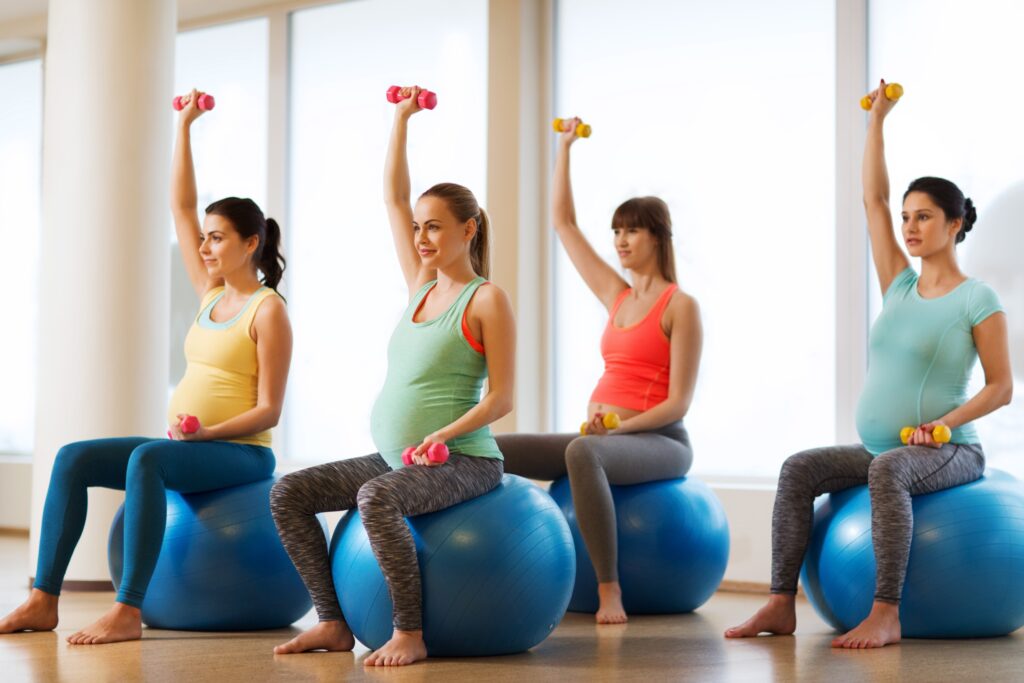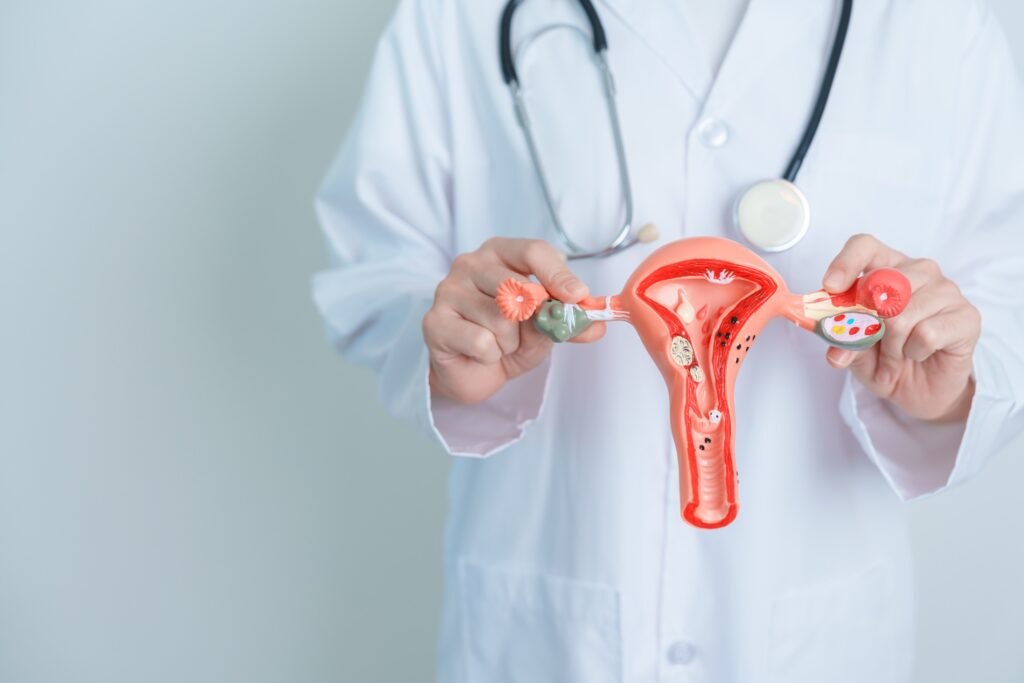Vaginal cones vs pelvic floor muscle training

Stress urinary incontinence (SUI) is the most common form of urinary incontinence in women, characterized by the unintentional leakage of urine during physical activities or movements like sneezing or coughing.
Biofeedback+functional electrical stimulation vs vaginal cones

Several techniques have been developed and adapted to improve pelvic floor function, including Kegel exercises, pelvic floor muscle training, and the use of vaginal cones.
Biofeedback+pelvic floor muscle training vs pelvic floor muscle training

Pelvic floor muscle training (PFMT) is commonly used as the initial treatment for stress urinary incontinence (SUI), with the aim of improving muscle volume, closing the elevator hiatus, reducing muscle length, and raising the resting position of the bladder and rectum.
Recommended Guidelines for Starting an Exercise Program During Pregnancy

Engaging in regular exercise during pregnancy has numerous benefits for both the mother and the developing fetus. However, it is important for pregnant women to approach exercise with caution and follow recommended guidelines to ensure safety and optimize health outcomes.
Indications and Contraindications for Exercise During Pregnancy

Exercise during pregnancy has been recognized as a safe and beneficial practice for both the mother and the developing fetus. However, it is crucial to consider certain indications and contraindications to ensure the well-being and safety of pregnant women.
Guidelines for Women Postpartum Seeking to Return to Physical Activity

Returning to physical activity after childbirth is an important aspect of postpartum recovery for women. Engaging in regular exercise can have numerous physical and psychological benefits, including improved cardiovascular fitness, strength, and mood.
Exercising with a child after childbirth

Exercising with a child after childbirth has numerous benefits for both the mother and the child. Here are several reasons why it is worth exercising with your child after childbirth:
Risk factors for postpartum sexual dysfunction

Postpartum sexual dysfunction is extremely common, and its negative impact on quality of life underscores the need to understand its causes. Studies have shown that 89% of women resume sexual activity within 6 months after childbirth.
Endometriosis and cesarean section

Endometriosis is a disease in which tissue resembling the lining of the uterus (endometrium) develops outside the uterine cavity, usually in the pelvis (surface of the ovaries, endometrium, fallopian tubes, bladder, intestines, abdominal wall, and brain).
Questionnaire used prior to initiation of physical activity in pregnant women

The first step before you plan to start or continue physical activity during pregnancy is to have a health checkup. Review general health and medical and obstetric risks associated with starting or continuing physical activity.